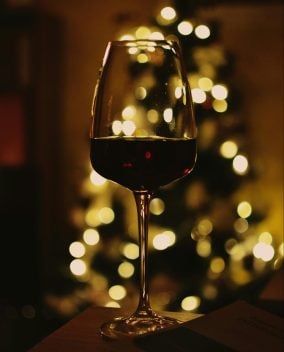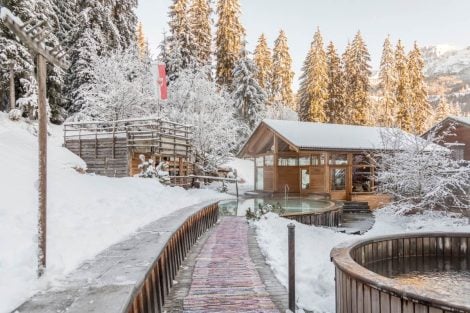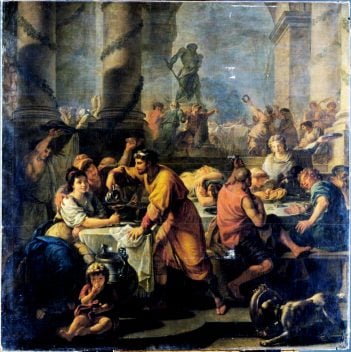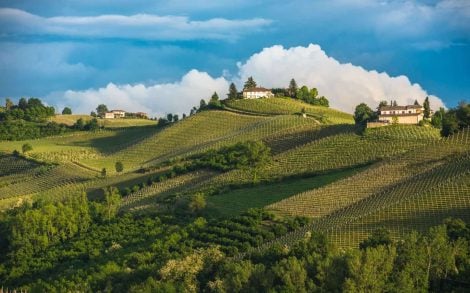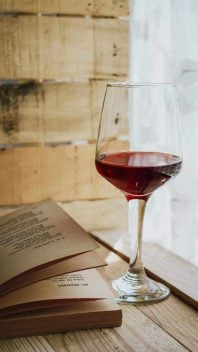Fifteen seconds and sometimes not even that. To understand the life, death, and miracles of a wine today we devote the time of a story on Instagram. We focus on the attack, the title, the first impression, then we “shake it off” and take our precarious attention elsewhere. It’s a matter of concentration, and willpower: we no longer have the inclination to listen to an album from beginning to end, it doesn’t cross our minds to follow the evolution of an entire bottle as the minutes go by. Wine turns quickly, by the glass and in the cellar, often being of the current vintage because few have patience and storage capacity. The culture of the instant has also taken our wine: we want it now and we want it ready. At issue are not only shifts in consumption but the identity of wine as a cultural product.
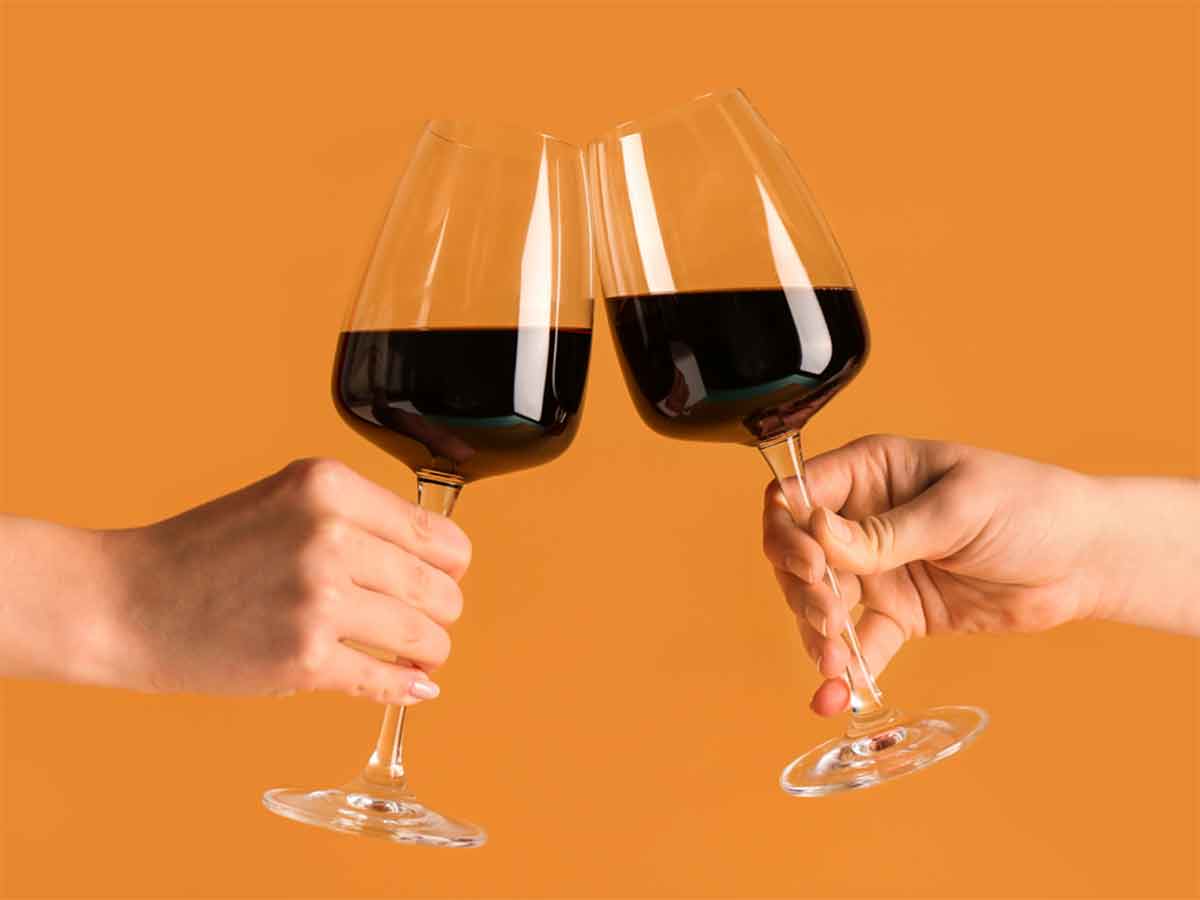
The social effect
What is the effect of social media on the taste of wine? We asked Cristina Mercuri, Master of Wine candidate and founder of Mercuri Wine Club, between training and consulting. «The reasoning is complex. The style of wine, the concept of contemporary has changed: wines are unloaded of color and alcohol, they are more and more sleek and linear. And it is connected to the concept of consumer awareness, health aspect first and foremost: young people are fitness-conscious, they are concerned about climate change, and they think lighter wines are also more sustainable. Social is a consequence of what is the dominant style.» Cristina, the first Italian woman to make it to the bottom of the Master of Wine exam, has no qualms about denouncing how macho the wine world is. Just look at the noise generated by an interview with Il Giornale when she declared that she is a crazy taster when she has her period: «If we are scandalized by human nature then we are still a long way off... and still I have to listen to a Franciacorta producer who at the table declares that women cannot be good winemakers because at a certain point they get pregnant and leave. And they cannot work in the winery because it is too tiring.» On social media, he explains, there are two types of approaches to wine: one that is very vertical and specialized by type, for example on Champagne or major labels; or one goes through a more transversal profile, such as his, where educational topics and topical issues are addressed. «Talking about influencers in the wine world is complicated. There is an audience of micro-creators who have no influence whatsoever. The influencer cannot be defined so much by his number of followers but by how much authority he conveys.” The language, including that of social, needs to conform to international standards and get closer to the consumer, who is increasingly dynamic, curious. And they never want to feel at fault or distant. “It is necessary to understand the needs and speak the language of the listener.
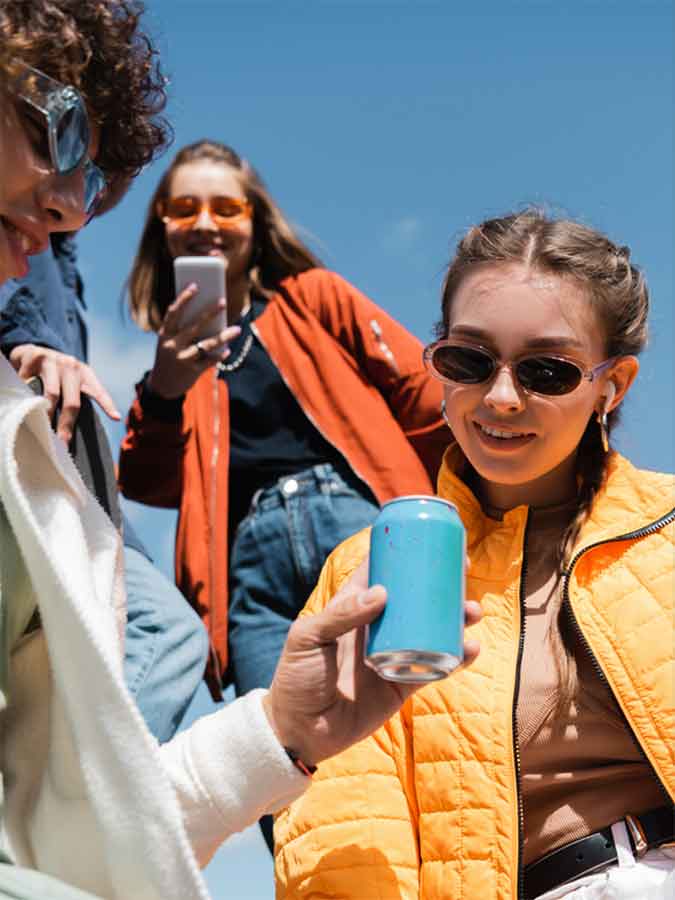
The job of a master of wine, an expert, is to translate complex concepts into simple terms. There you can see his skill,» nails it perfectly, Cristina. Wine in the time of Instagram no longer has absolute references, labels capable of bringing everyone together, in an ultras polarization favored by the medium. “Instagram, but in general all social media have fragmented wine enthusiasts into groups, contiguous but almost impermeable tribes. Those who follow certain followers, who others, always tend to refer to those who think and drink like them. There are increasingly pronounced segmentations, we tend to talk about wine more and more by breaking up the experience, we focus on details. And you lose the big picture, the fact that wine is the fruit of a vintage, a vineyard, a producer. Wine as a cultural product is increasingly the stuff of old men,” comments Paolo Trimani, owner of Rome’s oldest wine shop, which also runs a wine bar as well as a wine distribution business. On the white wine front, demand for mature labels is slowly growing, despite still very competitive prices. “The restaurant industry already has so many problems and has little interest in doing specific work on wine. Wine is a component of the budget, you want to maximize revenue but without investing too much. There are still many who don’t want the old vintage even if it was a surplus. Yet, they don’t understand that by doing so, they are missing out on so many opportunities because there are so many customers who won’t want to spend more just because they haven’t found something that really satisfies them. It’s called lost revenue,” he adds. On the wine shop’s annual sales, the weight between whites and reds is equal, 40 percent and 40 percent, but the average price of a generic red is more than one and a half times that of a white, Paul points out.
A white turn
Compulsive cell phone use produces an attention deficit, quick reasoning, from the gut rather than the head. And an underlying hyperactivity in the glass results in a real turn to white and a substantial escape from density in red. The phenomenon is worldwide in scope. "In the U.S., red wine sales in 2023 are down 9%. A decline that affects all the main varieties: from Cabernet Sauvignon (-7%) to Merlot (-12%), to -16% for Syrah. And for the future it is especially worrying that wine is the least present drink among young consumers with a share of 13% compared to 30% for spirits and beer," explains Carlo Flamini, head of the Wine Observatory of the Italian Wine Union. Similar data are recorded in Canada, and the trend also affects Northern Europe, a solid reference for the type: here, too, consumption is increasingly shifting to whites and bubbles. We touched on this during the Tre Bicchieri world tour. The music is not changing even within our borders: between 2000 and 2021, in Italy consumption of whites grew by 10 percent, rosés by 15.4 percent, while red consumption plummeted by 30.6 percent, according to a recent OIV study. Twenty years ago one in two wines consumed in our restaurants was a red, now the average is one in three (36% the national average). Take large-scale distribution as a reference, nearly 800 thousand hectoliters of reds are missing from sales in the last five years. Influences in the kitchen are pushing in this direction: meat consumption is declining- estimates are for a much steeper descent in the coming years-dishes are getting leaner and less fatty, a freshly picked mesclun has the same appeal as a rare steak 10 years ago. People want to stay light and are looking for cleanliness and finesse on the plate and in the glass. Add to that a certain unaccustomedness to the pressure of tannins, which go out the front door on reds to timidly re-enter through the window on macerated whites, often worked in the amphora: wine's most social container.
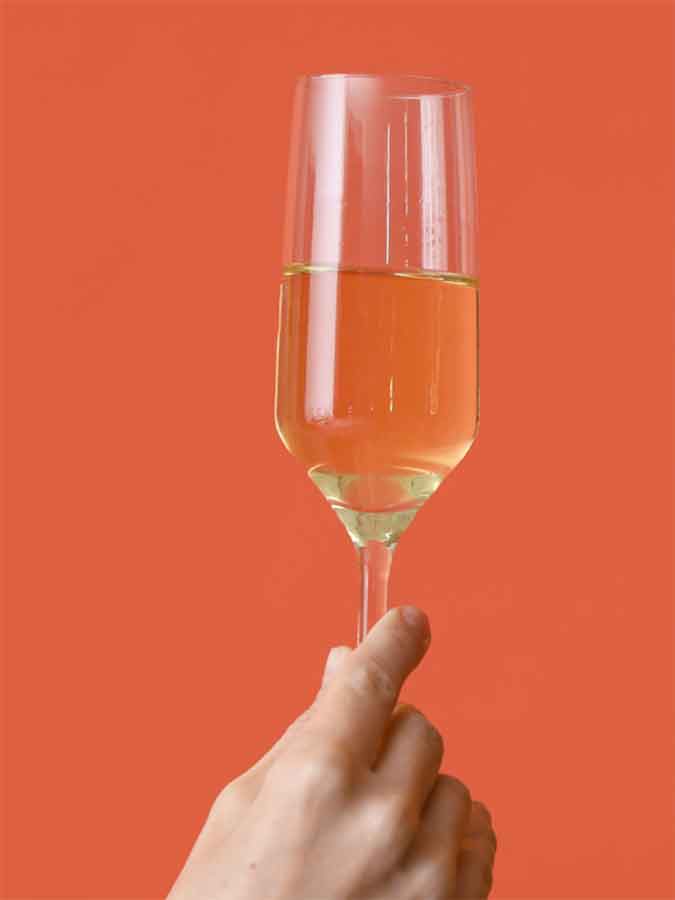
Bubbles in growth
«The shift is there, whites and bubbles finish in a couple of months, reds take much longer on average. In our list we notice a strong demand for Chenin Blanc, just as Gamay is on the rise. At last, consumption has turned to reds that are drinkable, not those bricks and mortar of a few years ago,» says Piero Guido of Le Caves de Pyrene distribution, which is very oriented toward artisanal wines. «I operate mainly in Rome. Let's face it, it has become a city of whites; if it weren't for tourists so many reds would just gather dust. Then again, with this climate so mild even in the middle of winter, what should one drink?" wonders a seasoned wine agent like Andrea Cozzini of Sadawine. He works a more generalist portfolio, full of celebrated and structured wineries. And even in the most important appellations for reds in Italy, something is moving. Sergio Germano, owner of the Ettore Germano winery in Serralunga d'Alba, was among the forerunners in the Langa to focus on Riesling and then Alta Langa, which account for two-thirds of production, although he signs some of the finest and deepest Barolo in the area. «The consumption of sparkling wines and whites is expanding both because of the weather contingency and because of our lifestyle. We are increasingly going out to dinner, to the wine bar, looking for quick drinks, the glass on the fly after work, a glass away from meals, before or after dinner. Wines of light carat,» he tells us. The example of vermouth Sergio started producing whites in the area 35 years ago, "When I planted, the local gentlemen laughed. I believed in it, but it could have been a flop because I was going against the trend. Today there is so much interest and I am happy because there is a team and no longer an individual with his experiments." When we talk about social, Sergio reminds us how much these tools have helped to enhance other types of wine. "In the last few years there is also interest in rosé, again the heat has something to do with it, but I believe in the ebb and flow of history: 15 years ago vermouths were extinct, when I was a kid they were a grandparent's stuff; today, however, they are cool and are widely used both in purity and in blending," he smiles. And if Barolo proves to be a happy island in the red wine scene, the favorite "vice" of Langa producers is to buy a few rows of Timorasso in the Alessandria area, to enrich the offer. If we go down the cypress trees of Bolgheri, we witness a similar phenomenon. Here the Bolgheri Bianco doc is experiencing a second youth, with major labels such as Ornellaia and Paleo sporting their flagship white label in recent years. And, hear hear, even a couple of interesting cuvées are making room among the sparkling wines. Competition wines «The territories that represented the stereotype of "competition wines" in the late 1990s and early 2000s have understood the need to aim for a different balance, without distorting their identity - says Francesco Saverio Russo, who thanks to his Wine Blog Roll and social media (100 thousand followers on instagram) has built a successful career - I think a fundamental semantic distinction between lightness and elegance, between slenderness and finesse, is necessary. We are convincing ourselves that consumers and practitioners are veering toward wines that are only more "drinkable," but this is not the case or, at least, only partially so. What I am observing is an increased focus on what I like to call "drinking agility," which is not necessarily related to a wine's mere analytical values of acidity and alcohol, but rather to a wine's ability to fulfill its primary task, which is to be drunk without too much».
Echo Chamber effect
The search for more dynamic and versatile wines starts from the top (haute cuisine sommeliers, wine merchants and the media), but without relegating structured reds to a marginal role. On their crisis, however, Russo urges to tread lightly: «The wine world suffers from a complex that is defined as 'Eco Chamber,' that is, a situation in which information, ideas and beliefs/beliefs, are often amplified by their repetition within a closed and defined system.» This is a phenomenon that leads one to overestimate the extent of some phenomena, amplified by social media. «I believe,» Russo explains, «that in recent years, precisely because of the advent of hundreds of improvised communicators and petty marketing poorly disguised as popularization, everyone is learning to discern and use social as a cue to then delve elsewhere, satisfying their curiosity through more classic channels. In the meantime, many Italian wineries still show little knowledge of the means, as well as a reticence with respect to various media starting with TikTok. «A common mistake is the lack of authenticity. What I regret is seeing the cancellation of the personality of the producer and the direct, real and passionate interaction of the producers themselves with the public. I believe that socials can no longer be seen as a mere showcase and that it needs more involvement and exposure of those who make wine, because they are the real influencers.» Among the appellations that will benefit from today's influences, Francis Xavier cites Mandrolisai in Sardinia, Lamole in Chianti Classico, and Rufina in Chianti. In the background discourses, then, there is always Etna, which constantly returns in our interviews, a perfect synthesis of the change taking place: in 2024, for the first time, Etna Bianco will equalize the bottles of Etna Rosso. The gap was stark just a few vintages ago. Before closing this piece, we uncork an importan 30-year-old red, a Bordeaux from 1994, a tragic vintage by the way. A film from that era passes us by: the taste rhythm is very slow, punctuate by pauses, the editing is analog. It sounds like wine from another galaxy. Yes, the speed of our times has pierced the cork and entered the bottle overbearingly.

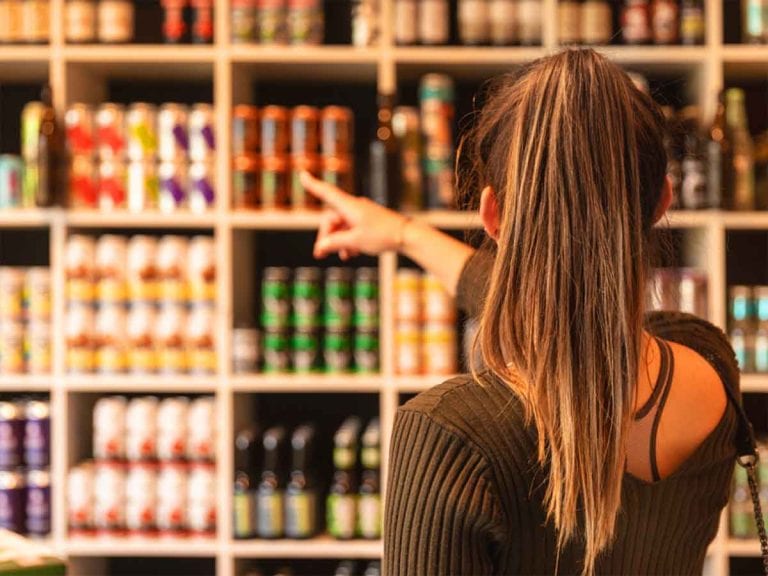
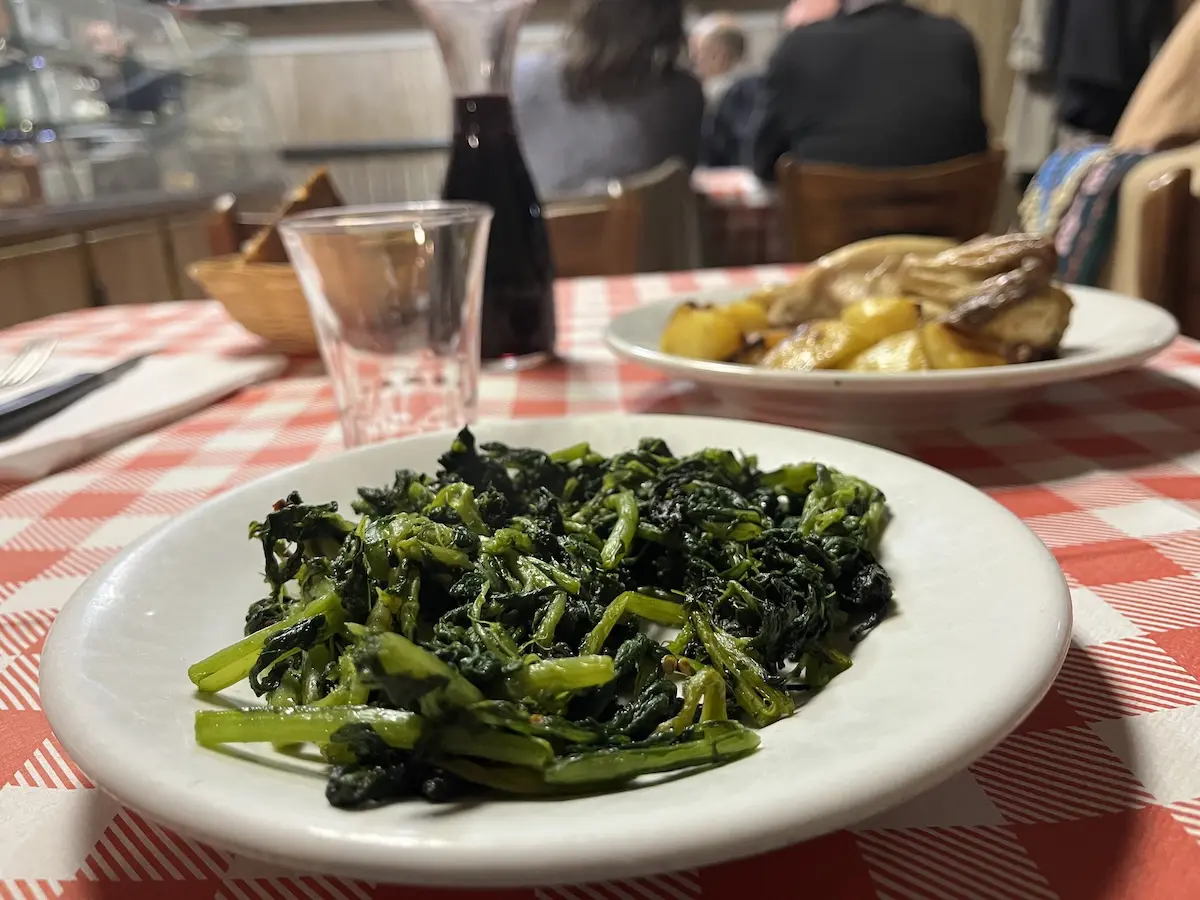 Why not every trattoria should be written about
Why not every trattoria should be written about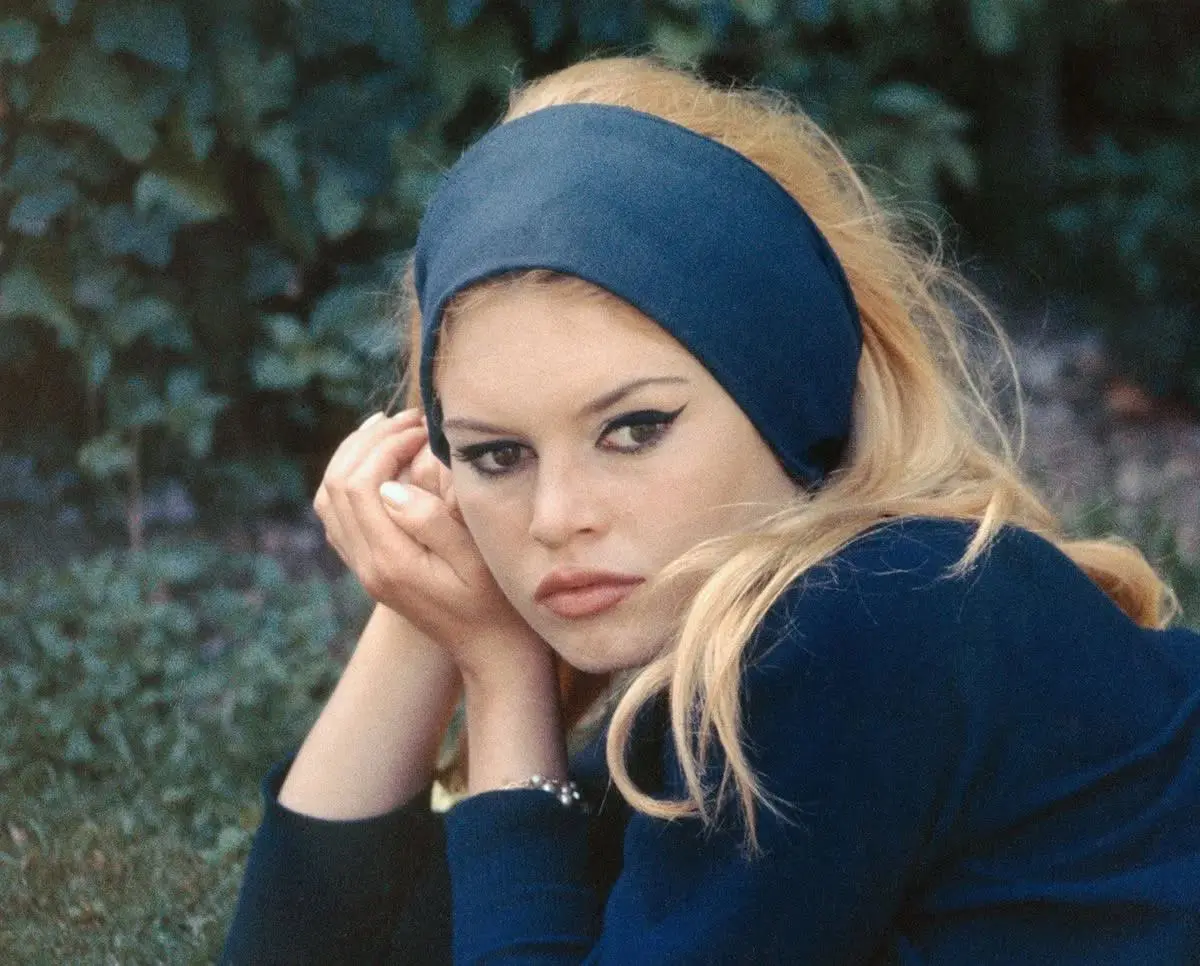 Brigitte Bardot’s final rosé: the wine that marks the end of an icon
Brigitte Bardot’s final rosé: the wine that marks the end of an icon What you need to know about Italy's new decree on dealcoholised wine
What you need to know about Italy's new decree on dealcoholised wine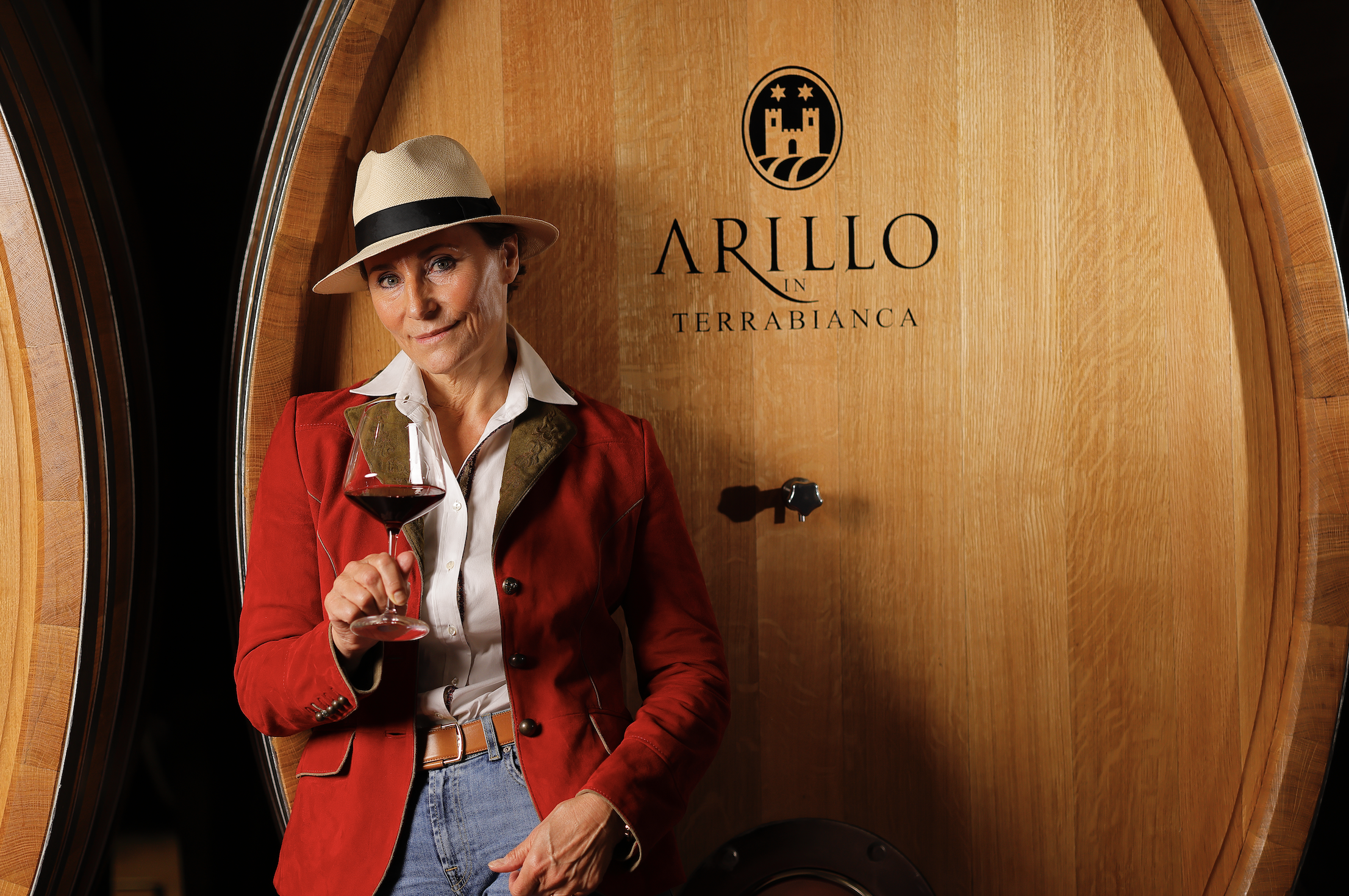 Why Arillo in Terrabianca's organic approach is paying off
Why Arillo in Terrabianca's organic approach is paying off